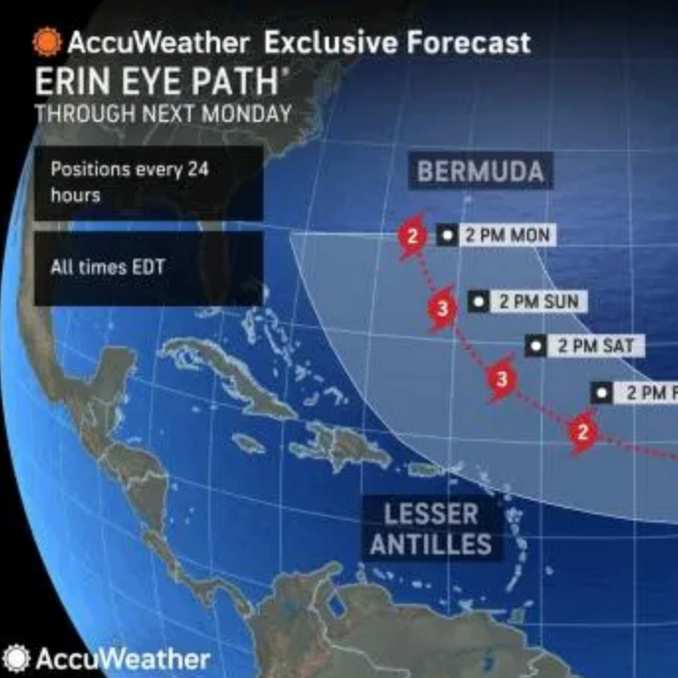Correcting a Misidentified Cause of Water Damage
Robert Scarano & Andres Escobar designed this award winning 15-story luxury condominium building located in the heart of the East Village. When the building suffered catastrophic water damage, the building’s insurance carrier attempted to deny coverage citing exclusionary language in the policy. The building’s attorney recommended Eastern Public to handle the coverage dispute and claim.
Following detailed investigation by Eastern Public, it was determined that the cause of loss was actually due to a windstorm that forced upon a door on the rooftop, allowing cold air to enter the elevator shaft, ultimately freezing a sprinkler head on a wall adjacent to the elevator.
The insurance carrier reversed their coverage position based on Eastern Public’s analysis and efforts, resulting in a large six figure settlement and resources necessary to fully rehabilitate the property.
Our Work
News & Press








